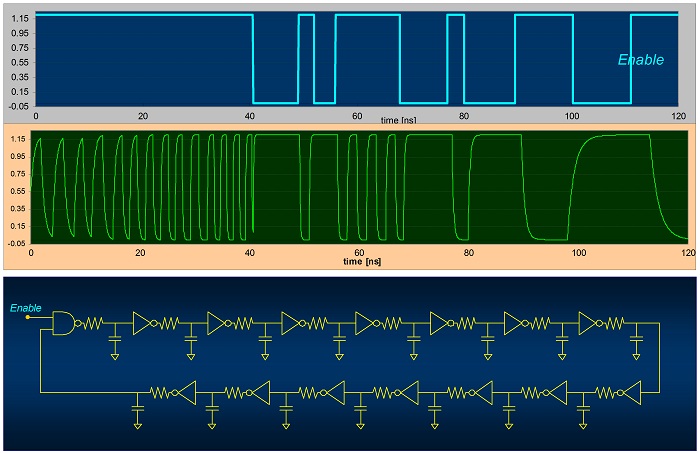This is an upgraded version of the aeroscope. Besides improving of certain aspects of the old version, this version has both the main wing and the horizontal stabilizer controlled by a virtual joystick (presented on this blog before and used extensively).
The horizontal movement of the joystick controls the angle of attack of the main wing and the vertical movement controlls the angle of attack of the horizontal stabilizer.
I bundled both functions together in order to get better aircraft maneuverability.
To start the model click the red button in the middle of the joystick chart and to stop it click anywhere on the same chart. The model can do loops and fly inverted.
Play with the position of the center of gravity of the plane. Placing it backwards increases maneuverability, decreases stability but makes the plane more efficient.
You can adjust other parameters too and experiment to see the results those changes have on the flight.



Peter, Nice to have you back. I had only -5 to +15 degrees interpolation data. I made a mistake by not modeling more than that. Xflr5 only models +/- 30 anyway and past 15 degrees many times it doesn’t converge. Now I don’t have time to change it. Later I will upgrade the model. Often times it runs out of that range and then you rely on the polynomial which might go way past decent values. I cannot figure out where you see the 1700 degrees though. I am happy I have a first model which can be understood mostly with junior year high school physics. Today I will post one with the vertical joystick control of pitch and horizontal joystick control of CG.
It is getting there. I am more used to aircraft with elevators than all-moving horizontal stabilizers but that is not a problem. I find the wing changes rather confusing; are these design changes or control changes? It doesn’t help that lateral movements of the joystick produce symmetric manoeuvres.
The 5 fps refresh rate with Office 2010 does not appear to cause a problem but the default aircraft settings produce very sluggish pitch control; I seem to remember real gliders as being somewhat sluggish in pitch compared with the more responsive roll control though.
Moving the CG aft (also the wing but not as far) improved the pitch up manoeuvre but there was barely enough control authority to put the nose down; is the neutral position settable?
I find angles of attack of 1700 degrees difficult to interpret (something of the order of 5 loops) and numerical instability strikes every now and again.